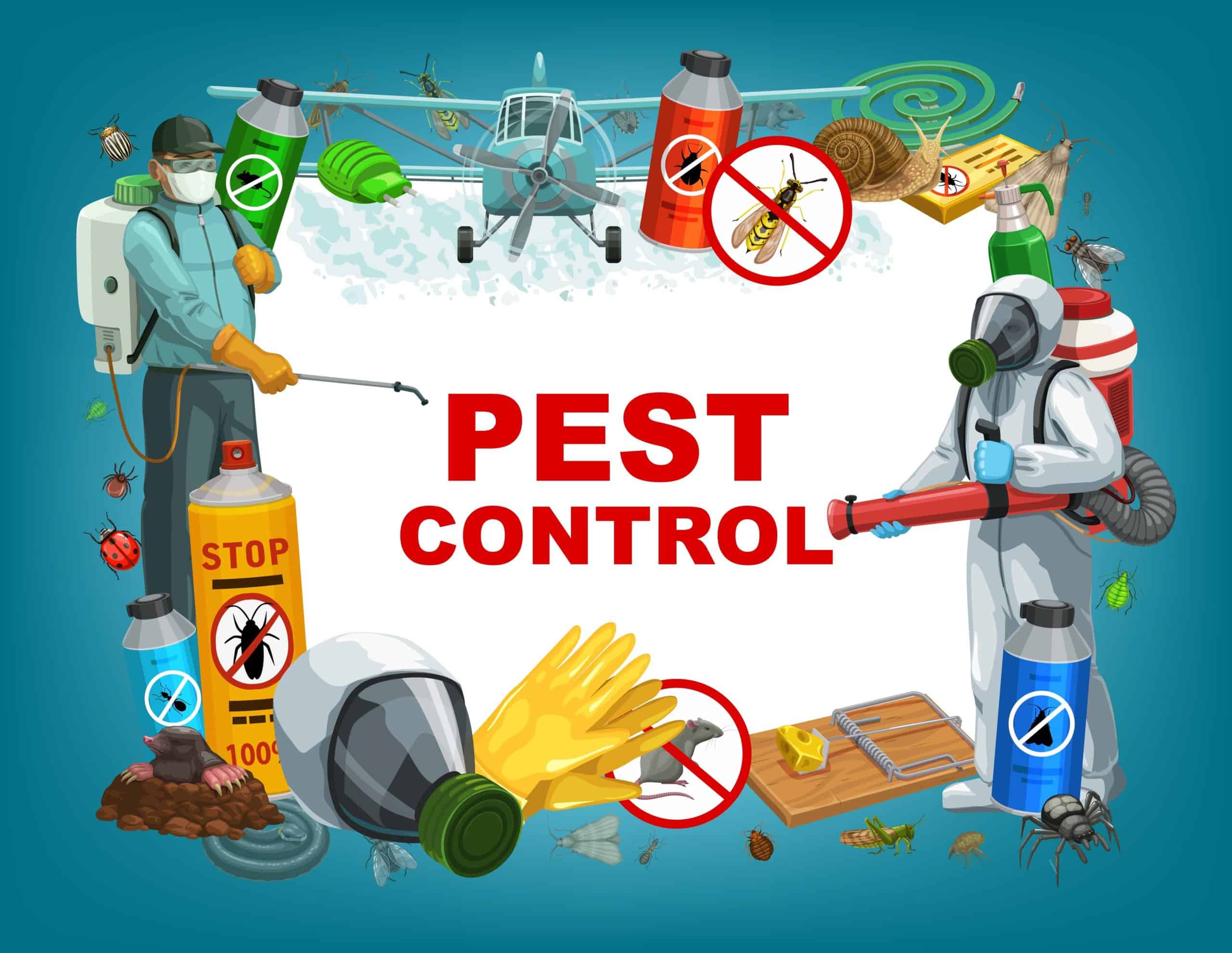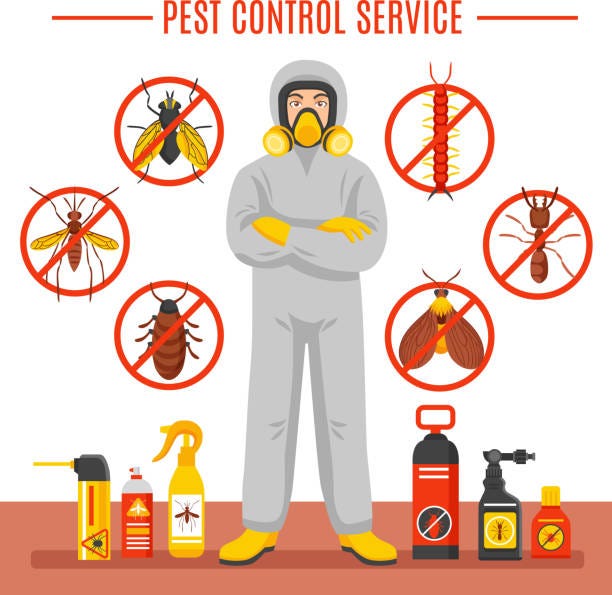Top Quality A1 Pest Control Services Charlotte - Safeguard Your Home
Top Quality A1 Pest Control Services Charlotte - Safeguard Your Home
Blog Article
Bed Bug Treatment Breakdown: Contrasting Chemical Vs. Non-Chemical Solutions
In the realm of parasite control, especially when taking care of the consistent concern of bed pests, the choice between chemical and non-chemical treatment options can be a critical one. Both strategies offer distinct advantages and disadvantages, affecting variables such as efficiency, security considerations, and overall price. By analyzing the nuanced information of each method, a more clear understanding of which path to seek in dealing with a bed bug infestation can be acquired.
Effectiveness of Chemical Treatments
Chemical therapies for bed bug problems have actually been extensively recognized for their rapid and powerful efficacy in eradicating these bugs. When taking into consideration the performance of chemical treatments, it is critical to comprehend that they can give a detailed and fast remedy to a bed insect trouble. Expert pest control operators usually rely upon pesticides to target bed insects at different stages of their life cycle, including adults, nymphs, and eggs. These chemicals usually work by disrupting the bed insects' worried system, causing paralysis and eventual fatality.
Additionally, chemical treatments have the advantage of using residual results, meaning that they can continue to remove bed bugs also after the preliminary application. This recurring action is especially beneficial in combating any type of prospective re-infestations. Additionally, the fast action of chemical therapies can bring alleviation to people encountering extreme bed bug invasions, permitting them to regain control of their home swiftly.
Safety And Security Issues With Chemical Solutions
One important facet that needs cautious factor to consider when utilizing chemical remedies for bed insect treatment is making sure the safety and security of passengers and the environment. While chemical therapies can be effective in getting rid of bed insects, they might posture risks otherwise managed appropriately. Among the primary safety worry about chemical remedies is the possible harm they can create to human health. Exposure to certain chemicals made use of in bed pest therapies can result in respiratory concerns, skin irritation, or various other damaging responses, specifically in individuals with pre-existing conditions or sensitivities. In addition, incorrect application or dose of chemical pesticides can lead to poisonous deposits lingering in the treated area, posturing lasting wellness threats to owners.
Moreover, the environmental impact of chemical remedies is another substantial factor to consider. Some pesticides utilized in bed bug treatments may be hazardous to valuable pests, wild animals, and environments if they leach into the soil or water supply. It is essential to use chemical therapies sensibly, complying with safety and security guidelines, and taking into consideration much less toxic alternatives to reduce these threats and make certain the efficient and secure management of bed pest problems.
Advantages of Non-Chemical Techniques
Thinking about the prospective safety concerns and environmental effect connected with chemical options for bed bug treatment, exploring non-chemical methods offers an encouraging option with several unique benefits. Non-chemical techniques provide a more secure alternative for families, specifically those with individuals, children, or animals conscious extreme chemicals. These methods remove the threats of exposure to hazardous materials, minimizing the capacity for unfavorable health and wellness effects. Additionally, non-chemical treatments are eco-friendly, as they do not add to air or water pollution, making them a sustainable option for parasite control.
In addition, non-chemical options can be efficient in targeting bed bugs, consisting of hard-to-reach locations where chemical treatments may not permeate - A1 bed bug exterminator charlotte. Techniques such as heat treatment, vacuuming, vapor cleaning, and bed mattress encasements give detailed removal without the usage of harmful chemicals.
Limitations of Non-Chemical Treatments

Additionally, non-chemical therapies frequently require several applications to attain successful eradication. This can be taxing and may not constantly ensure full elimination of all bed bugs and their eggs, especially in hard-to-reach or hidden areas.
Additionally, get redirected here the success of non-chemical treatments greatly counts on correct application and thoroughness, which can be challenging for people without specialist proficiency. Insufficient application of non-chemical approaches may lead to insufficient eradication, bring about consistent infestations and the need for added treatments.
Consequently, while non-chemical therapies have their benefits, it is vital to recognize these constraints and consider them when figuring out one of the most reliable approach for taking care of bed pest infestations.
Price Comparison: Chemical Vs. Non-Chemical Options
Given the constraints associated with non-chemical therapies, an important aspect to evaluate in the context of bed pest monitoring is the expense comparison between chemical and non-chemical options. In comparison, non-chemical therapies like warmth therapy or steam can be extra pricey, with costs ranging from $1,000 to $6,000 for a whole home. While the preliminary price of chemical treatments may appear reduced, numerous treatments might be required to fully eradicate the problem, potentially raising the overall cost.
Conclusion

Thinking about the possible security problems and environmental impact linked with chemical solutions for bed pest treatment, discovering non-chemical methods provides a promising choice with numerous distinct advantages.Given the restrictions linked with non-chemical treatments, an important facet to evaluate in the context of bed bug management is the expense comparison in between chemical and non-chemical alternatives. In contrast, non-chemical treatments like heat treatment or steam can be much more costly, with expenses ranging from $1,000 to $6,000 for an entire home. While the first price of chemical treatments may appear reduced, multiple therapies may be called for to totally eliminate the infestation, potentially raising the overall price.In conclusion, when comparing chemical and non-chemical bed pest treatment options, it is important to consider efficiency, safety, benefits, limitations, and price.
Report this page